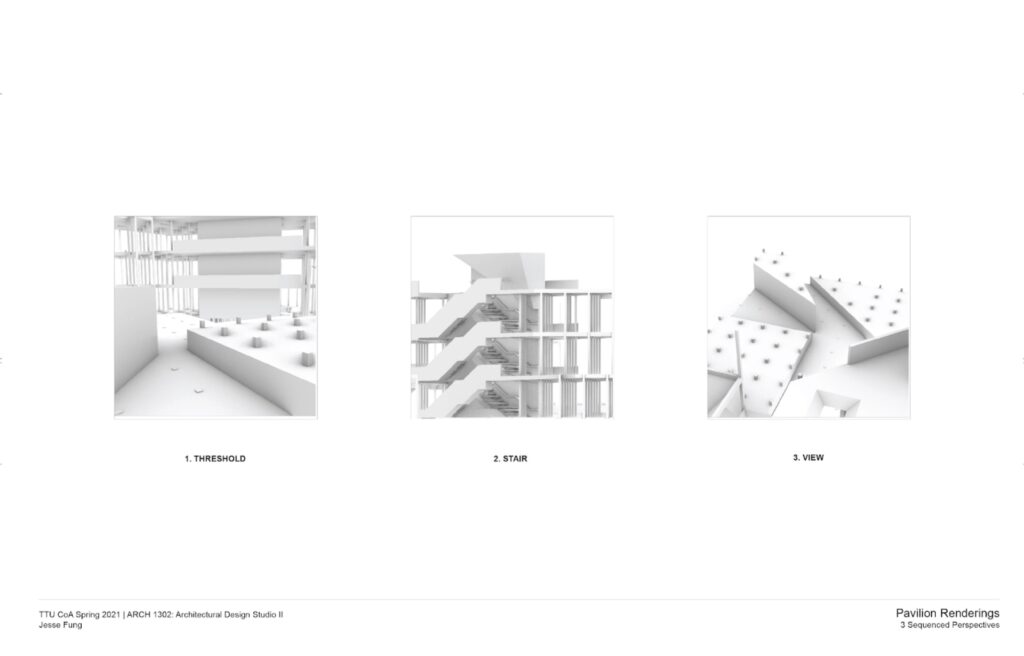
Altered Body Pavilion
Studio: Design Studio II
Supervisors: Terah Maher, Sierra Honesto
Academic: BSc 02 TTU 2021
Location: Lubbock, Texas
In my first year of architecture, I began by studying the body’s movement, leading to the design of an alteration device that modified how the body moved. This device introduced a labored dynamic, analyzed through diagrams to understand rhythm, alignment, and motion. These insights were then translated into the design of a “Looking Stair,” which reimagined traditional circulation by incorporating the altered body’s movement patterns. Finally, this concept was scaled up to inform the broader pavilion design, integrating regulating lines, surrounding pools, and lattice structures to create a harmonious yet dynamic environment that encouraged exploration and interaction.
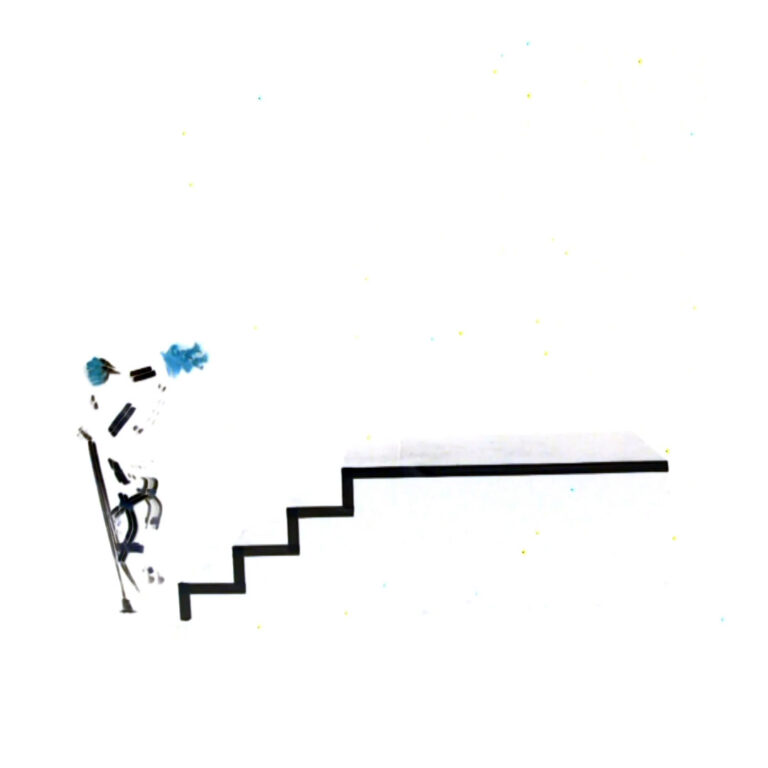

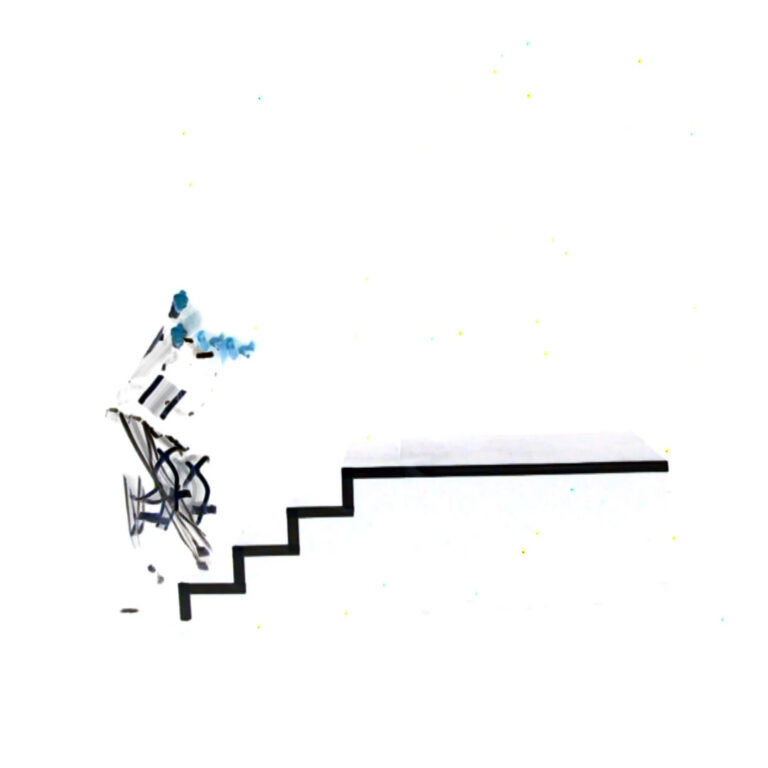
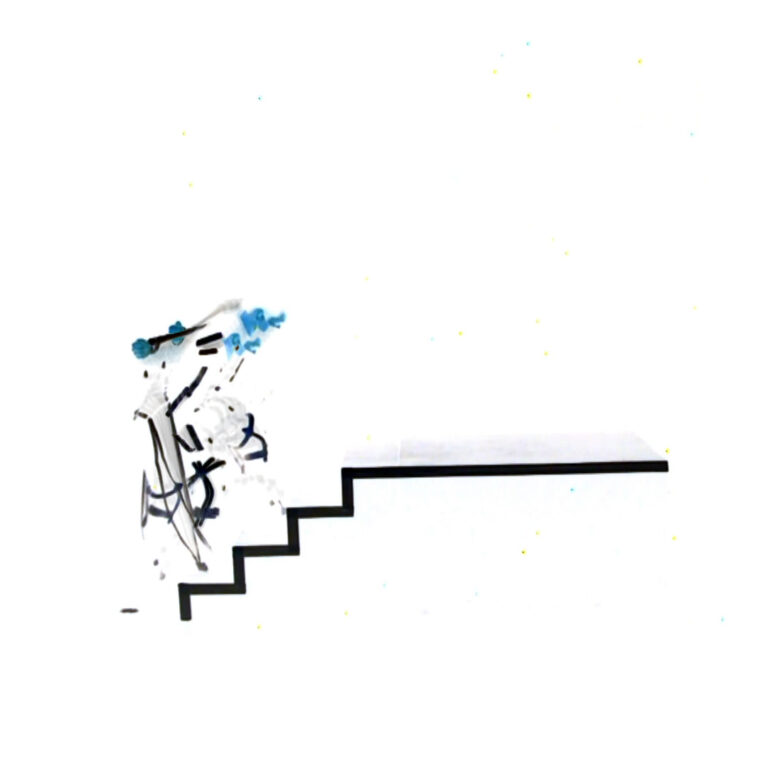
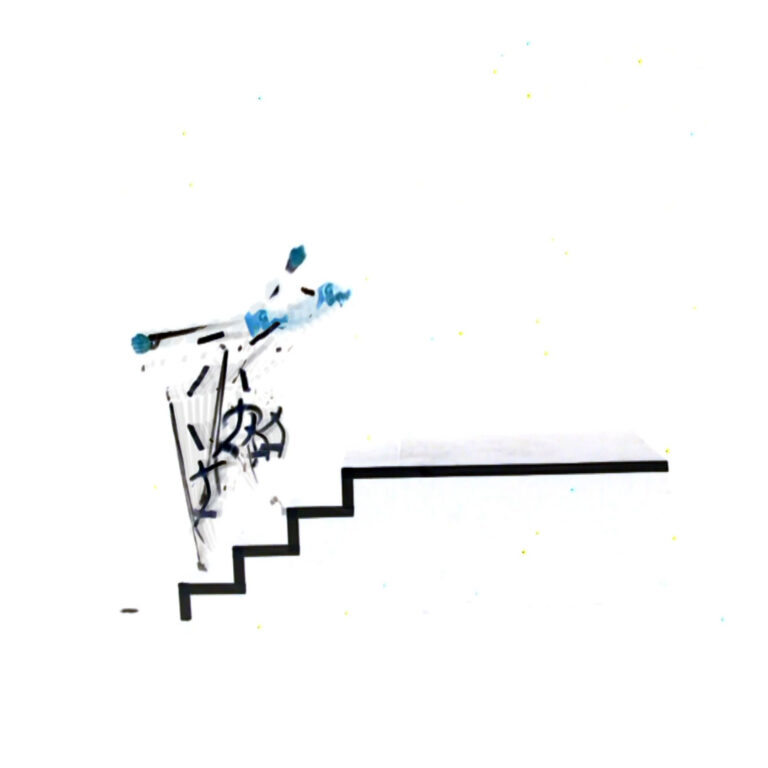

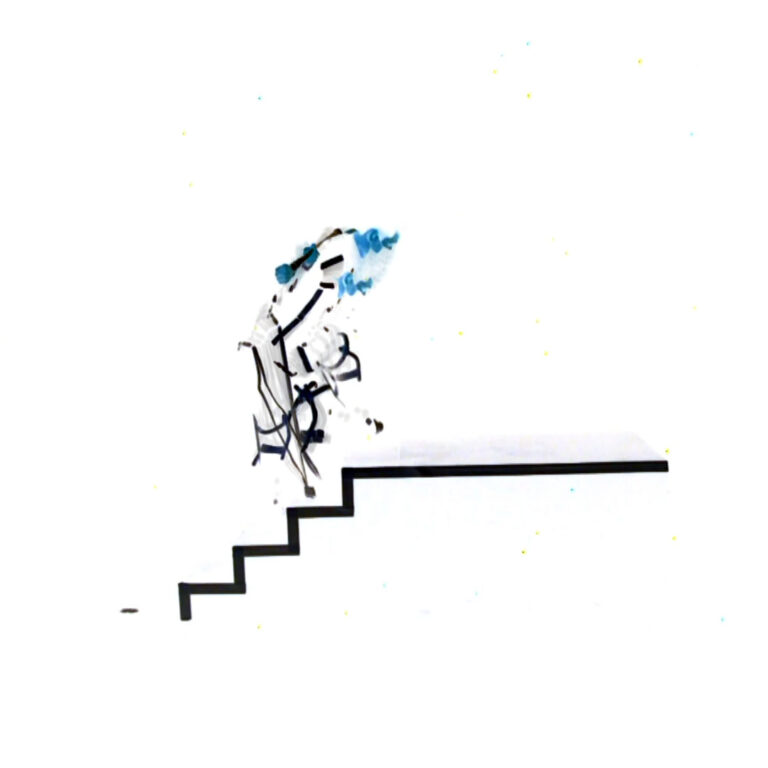
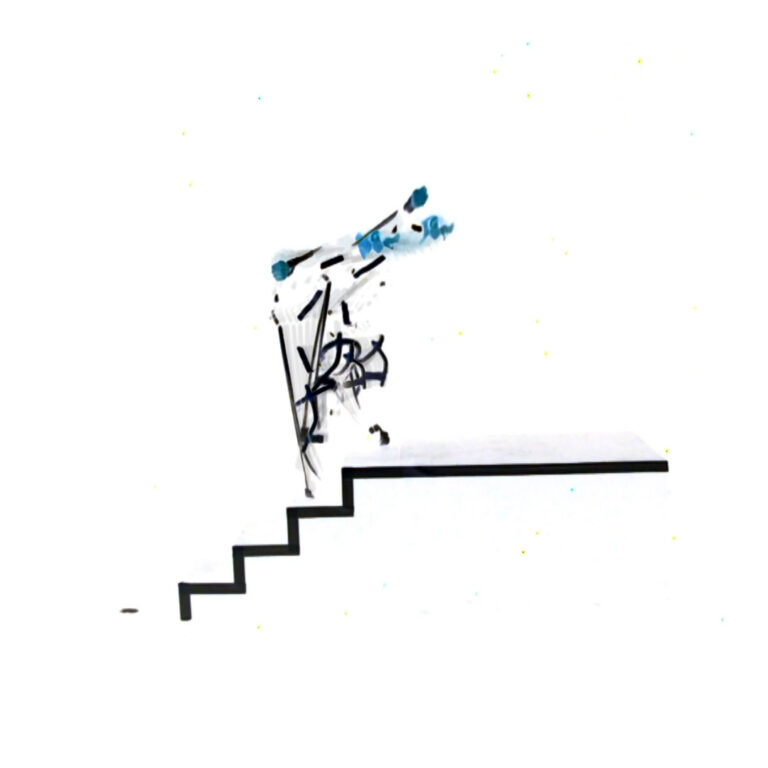
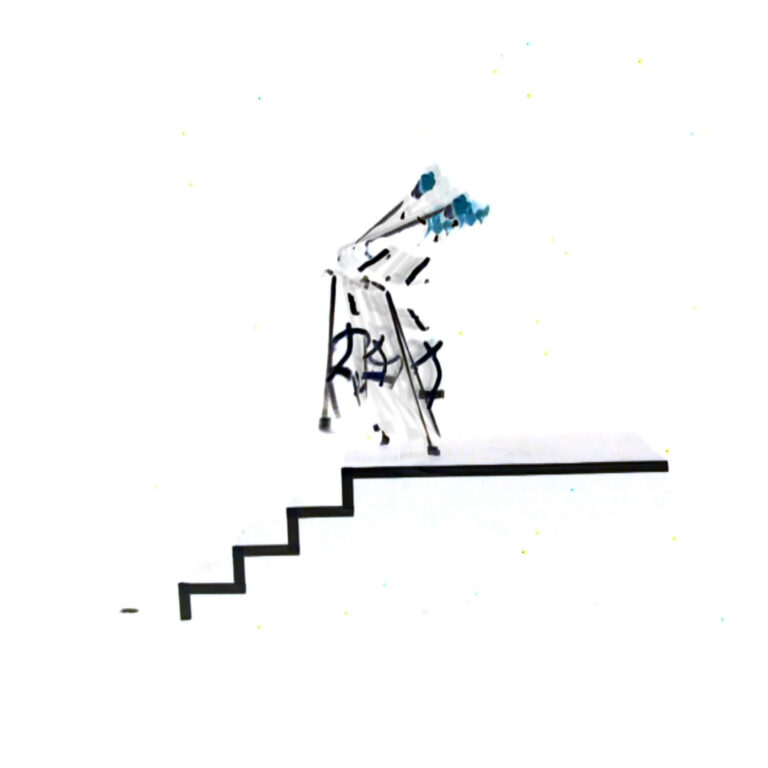
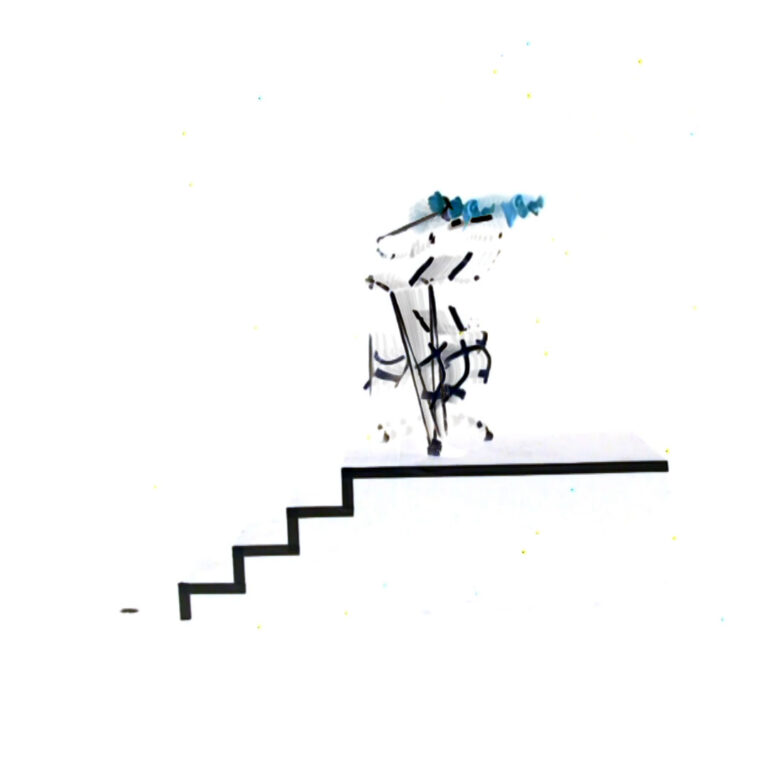
The alteration device consists of a bar that straightens the arms, resistance bands that hold the legs in a squatting position, and strings connecting the wrists to the bottoms of the feet. This configuration causes a significant shift in weight with every step, intensifying the strain on the body. Additionally, the counter-swing of the arms amplifies this labored movement. A series of studies were conducted to measure the body in detail, which informed the design process of the alteration device—from initial sketches to computer-generated models created using Rhino.
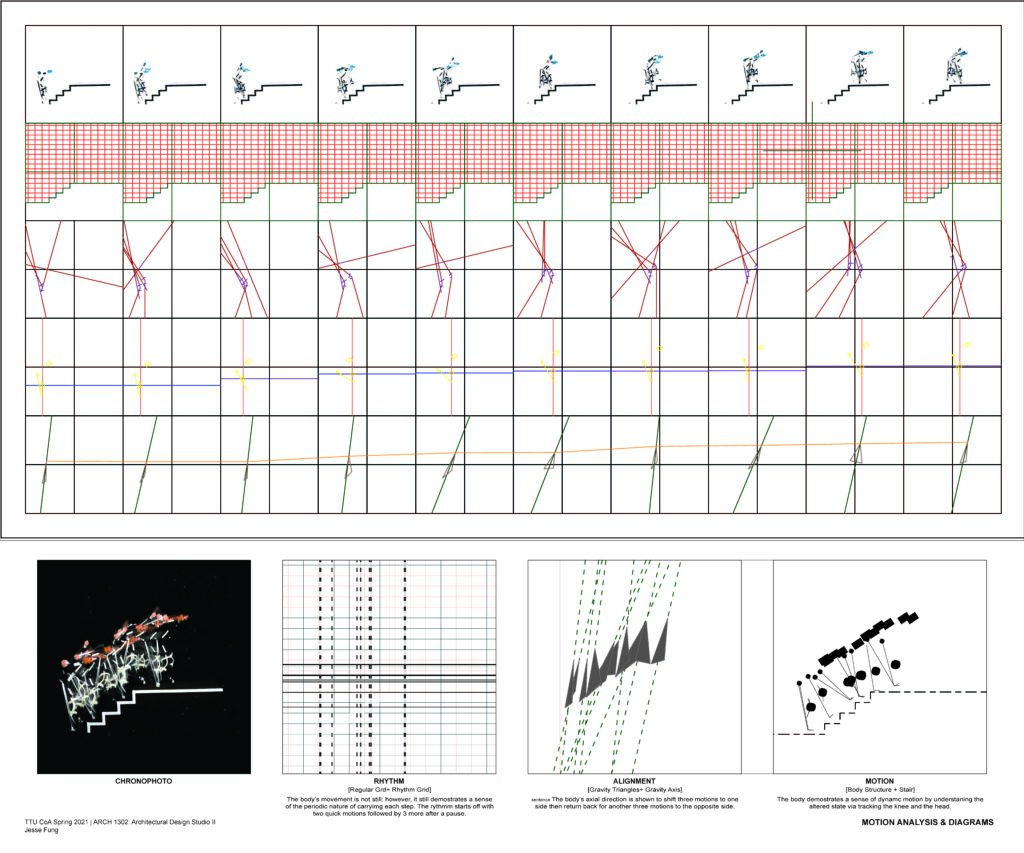
These diagrams analyze the movement of the altered body, focusing on rhythm, alignment, and motion. Insights were abstracted from a composite movement sequence based on the earlier action of ascending stairs. This analysis will later inform the formal, spatial, and circulatory design of the staircase.
Drawing inspiration from the Van Nelle Factory in Rotterdam, Netherlands, architect Leendert van der Vlugt designed a pair of crossing staircases. Building on the concept of “crossing” within the typological stair design, iterations were developed to reflect the analysis of the altered body’s movement from the earlier diagrams. Rhythm, alignment, and motion emerged as key factors in shaping the final Composite Looking Stair.
To create a more dynamic environment and break away from the rigidity of symmetry, the Looking Stair was reoriented. Regulating lines were extended from the Looking Stair, mapping pathways where people move through the staircase and pause to look beyond. A surrounding pool encourages movement around the structure, while large lattice frameworks invite exploration of the more defined enclosures surrounding the stairs. Walking through this pavilion offers an experience that is both dynamic and balanced, fostering a sense of harmony.
